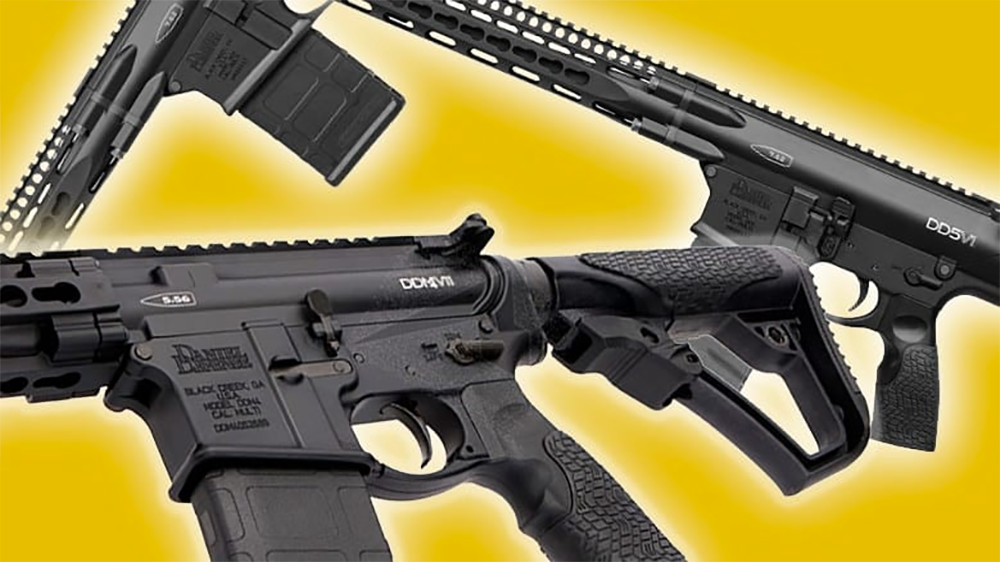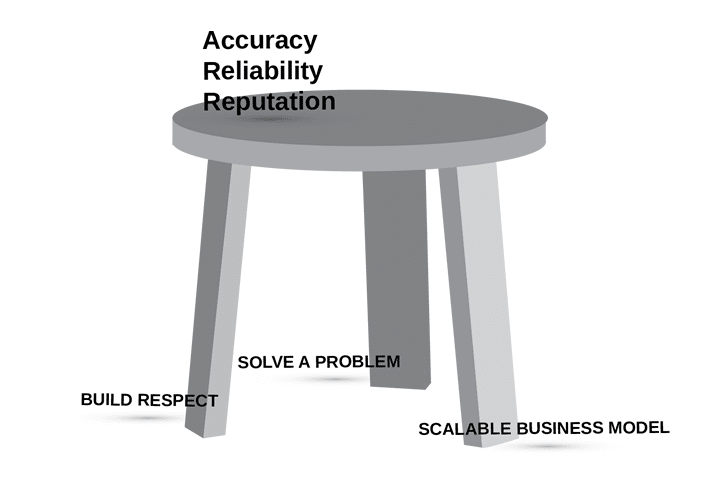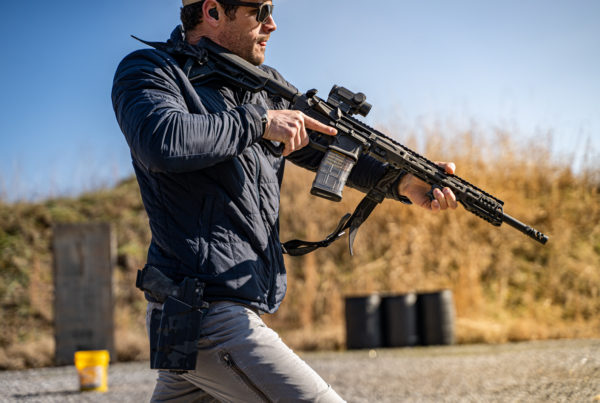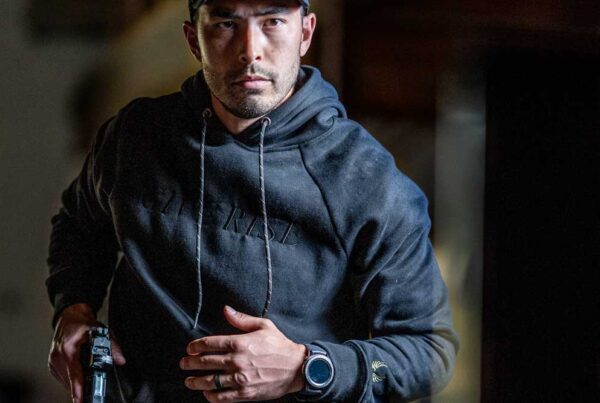
Your firearm brand is built by multiple touch points (advertising, customer service, product experience, etc.) repeated day after day, month after month, year after year to establish a collective understanding of what your brand stands for in the mind of your customers and the broader firearm industry.
According to an NSSF survey: Accuracy, Reliability, and Manufacturer Reputation are the most sought after qualities in a firearm—especially an MSR. How do you build a brand that conjures up these same feelings and opinions?
In this post, I’ll outline the journey your brand must take when looking at building an effective long-term brand strategy by using a three-legged stool analogy and the legendary story of Daniel Defense to help you think clearer about how to move your business forward and how to create a stronger brand reputation that increases your brand’s equity and ultimately your success.
Where to start?
Brand strategy is the business case for change at a brand level. It envisages the future position of a brand in the marketplace, based on the company’s wider business aspirations and its ability to deliver and market brands that align with that desired position. (Source: BSI)
When asking what your desired position is—where do you see your company in 5, 10 or 15 years? Do you want to be known as the brand with the most aesthetically pleasing platform? Or perhaps to be referred to as the lightest firearm? These aspirations must be guided by a strategy to get you to a place in the market that belongs only to you in the mind of your customers. Getting to your desired perception may involve taking several paths. It may be first to target and invest in the government sector to establish a reputation before entering the ups and downs of the consumer market. It may be to build your reputation as an OEM first before creating your consumer branded line of products. Whatever your goal is—it must be linked directly to the problem you’re out to solve coupled with a scalable business model that gives you sustainable growth.
Stool Leg 1: Solve the problem
Marty Daniel started in 2001 by creating the Big Hole Upper Receiver—which forever improved the way we mount sighting systems to ARs. This led to several other products like the M4 12.0 hand guard that was a direct replacement for the Army Marksmanship Unit. Marty’s product solved a problem in the industry that gave him the starting point of building the reputable brand Daniel Defense is today. His starting point was recognizing a problem and solving it. (Source: Guns & Ammo)
How to get there.
The purpose of brand strategy, is to identify how far the brand must “travel” perceptually in order to be competitive, the benefits of getting there for the business, the purpose and values that the brand culture will need to adhere to in order to make that journey and the competitive resistance that the brand may encounter getting to that end point. It’s the why and the where. (Source: BSI)
Stool Leg 2: Build respect
What aspects of your story must be created and perfected to get you to your ultimate brand destination? Is it an investment in talent? Is it infrastructure? Is it a reputation among law enforcement or the special operations community? Define how you can link your marketing efforts to strategy, product development, operations, and other areas to create unique value for your customers, so you have a compelling story to tell.
After the success of Marty’s upper, and a follow-up sling mount product—he designed the RIS II Rail System and was awarded a lucrative contract with SOCOM. And then won an additional contract with the UK Ministry of Defense’ which in essence proved his engineering prowess and design capabilities as a serious manufacturer. This created the second leg of his stool: Respect.
How to stay there once you arrive.
Staying on top is sometimes much harder to achieve than getting there. So you must ask: “What’s my next success?” What has your brand planned for next? How will you capitalize on what works? Why will that feel like a natural extension of the relationship that your customers already have with you? Your purpose should provide clear guidelines for future development. (Source: BSI)
Stool Leg 3: Scalability
By thinking of itself as a manufacturer of the world’s finest weapon systems—not just rails or rifles—Daniel Defense has extended its development license considerably. It can literally look for new ways to give people experiences they haven’t had and positions them to be one of the largest manufacturers in the industry.
 To scale his business, Marty saw three components to add to the momentum of Daniel Defense: In-house equipment (hammer forge machining) that allowed him to control quality, output, and price. This all lead to increased customer service and his intuition to surround himself with competent staff and employees. Today, Daniel Defense is the epitome of an American success story and one of the most admired brands in the firearm industry.
To scale his business, Marty saw three components to add to the momentum of Daniel Defense: In-house equipment (hammer forge machining) that allowed him to control quality, output, and price. This all lead to increased customer service and his intuition to surround himself with competent staff and employees. Today, Daniel Defense is the epitome of an American success story and one of the most admired brands in the firearm industry.
You can build a brand around the three most coveted value propositions in the firearms industry: accuracy, reliability, and a strong reputation—by thinking critically about the journey it’s going to take to get you to your desired brand position. This path may be somewhat familiar of other firearm brands, but proving your product’s ability to fulfill a niche in the industry, proving that your product is reliable and scalable, you have the three legs to sustain your brand that will stand the test of time and win the hearts and minds of those who depend on what you create.






